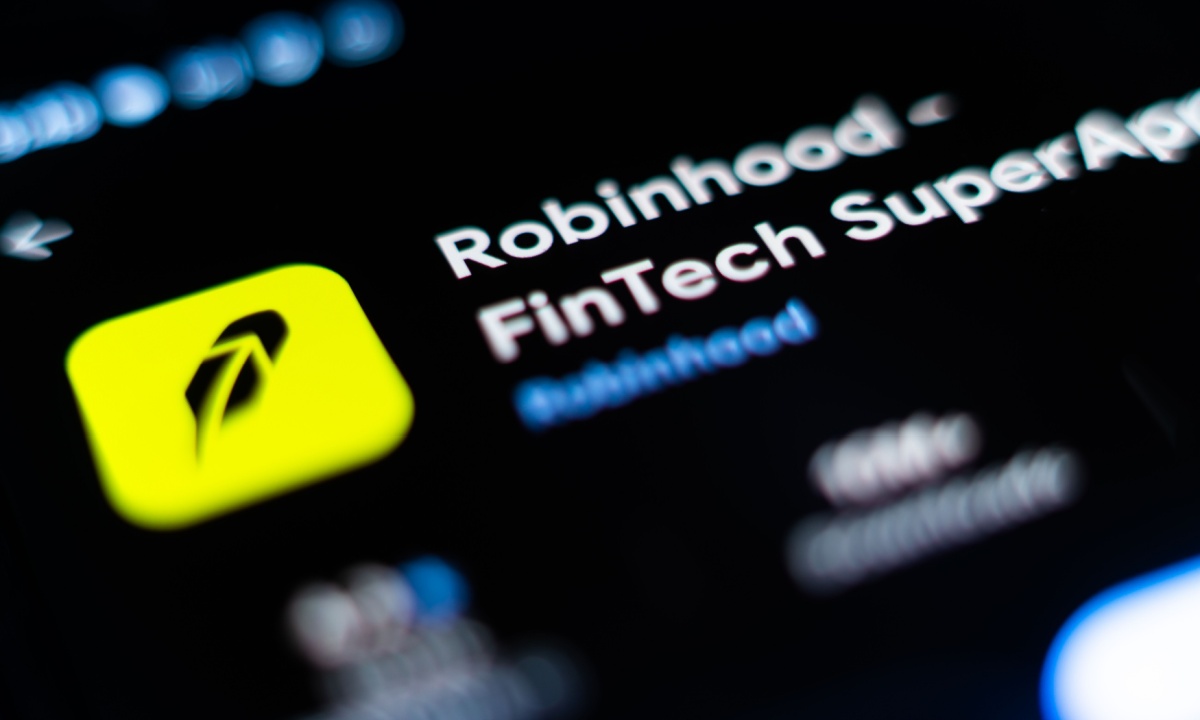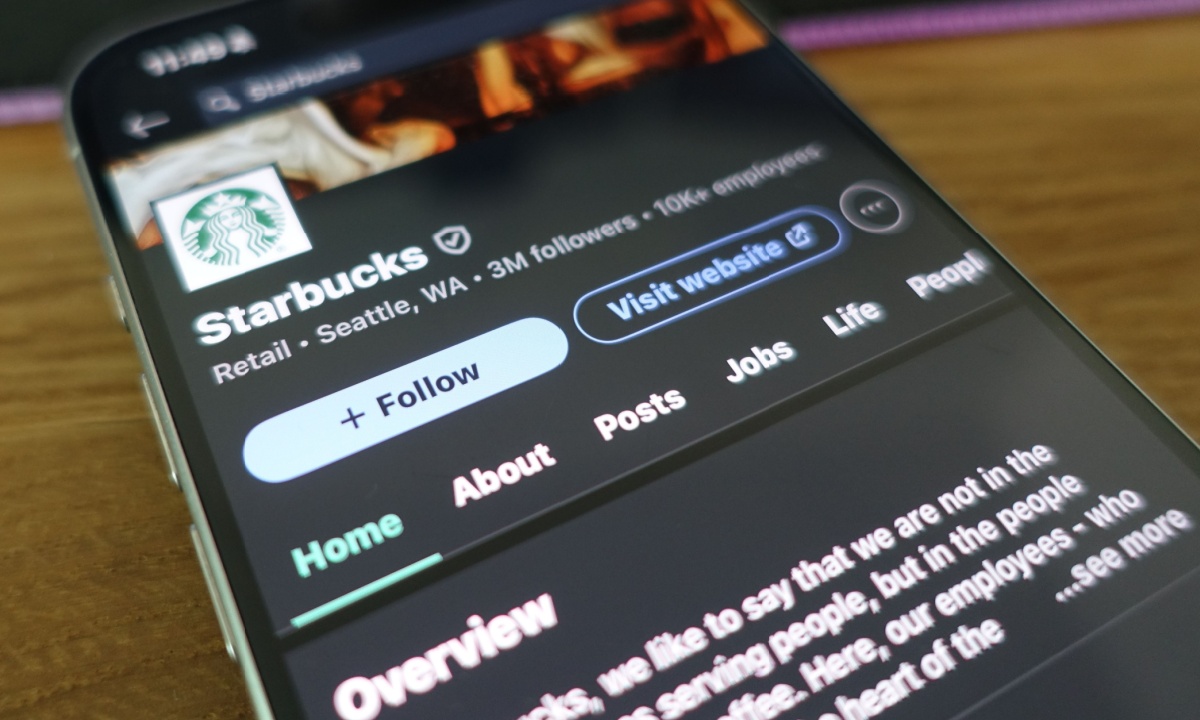Fintech
Small Businesses Say Credit Card Rewards Don’t Cut It
Published
2 weeks agoon
By
Hrishi
For millions of smaller businesses across America, the ubiquitous credit card has become less of a standard payment tool and more of a financial lifeline. Staring daily at fluctuating revenue, tight cash flow and a banking system that can treat them as second-tier borrowers, small and medium-sized businesses (SMBs) are turning to both personal and business credit cards to patch funding gaps for their operations, pay bills and buy the time they need to grow.
The line between personal and professional finance has never been more blurry. According to a forthcoming SMB Growth Monitor report by PYMNTS Intelligence and i2c, a global financial technology innovator, a striking 54% of SMBs used both personal and business credit cards in the past year to fund their operations. In large cities, that number jumps, underscoring how the long-standing consumer addiction to plastic spills over to America’s entrepreneurial engine rooms.
The lack of firewall between personal and business cards isn’t just a quirky habit of scrappy entrepreneurs. For many, the two options aren’t a binary choice — they’re a dual necessity.
Credit Card as Swiss Army Knife
Credit card usage patterns vary widely by business age and geography, but one thing is clear: Younger businesses rely on credit harder and sooner. Firms under five years old use nearly half of their available credit lines on average, compared to far less by companies with two decades under their belt. For these newcomers, credit isn’t just a convenience — it’s the fuel of stability and growth.
And it’s not just a matter of putting the gas bill for a mom-and-pop pizza restaurant on auto-pay. SMBs primarily use credit cards for ad hoc purchases — one-off buys to meet unplanned needs like emergency equipment replacements or rush orders from a buyer — rather than routine expenses. It’s a sign of how reactive and improvisational running a small business can be.
The typical SMB now holds roughly three active credit cards, mirroring consumer behavior. This multiplicity reflects the juggling act many business owners face in managing rewards, tracking expenses and staying under credit limits. But unlike the cards consumers hold, SMB business card holders often don’t have access to tailored, industry-specific tools to manage this complexity — at least, not yet.
Necessity, Not Choice
This intermingling of personal and business credit isn’t without risks. Revolving debt — especially on personal cards — can threaten both credit scores and long-term financial stability. More than half of businesses under five years old report carrying balances over multiple months, compared to far fewer older firms.
Still, for many SMBs, credit cards remain the most accessible form of working capital, instantly available and relatively easy to use. The flexibility, though, comes at a cost: higher interest rates, fragmented management and the personal liability that comes with an owner using their individual credit for business needs.
What Businesses Want (But Rarely Get)
Despite their heavy usage of credit cards, small businesses are often underserved by what their plastic offers.
Higher credit limits, for one. And business-specific perks in business cards are a particularly sore spot. Three in 10 SMBs say they would swipe more often if their card delivered benefits tailored to their industry. For construction firms, that might mean streamlined tools for automatic payments for regular, frequent purchases of concrete and lumber, and seamless integration with a company’s accounting systems. For retail and professional services firms, spending analytics and fraud alerts top the wish list.
But needs and wants diverge by company size. The smallest businesses are far more likely to prioritize cards that allow them to grow credit over time, underscoring their focus on building a secure financial foundation rather than maximizing immediate returns. Meanwhile, higher-revenue firms, which have typically developed over many years, gravitate toward cards with high credit limits and travel perks.
Despite their different motivations, smaller businesses are unified by a single reality: Credit cards are the duct tape holding together their day-to-day operations. As operating costs climb and access to traditional financing remains elusive, many have little choice but to keep swiping — giving card issuers a golden opportunity to grow revenues by offering business-specific rewards and benefits.
Key Takeaways:
- Plastic as lifeline: More than half of U.S. SMBs use both business and personal credit cards to fund operations, revealing a fluid boundary between personal and professional finance.
- Young firms, heavy use: Startups and newer businesses rely more heavily on credit, using up to half of their available limits and frequently carrying revolving balances.
- Demand for better fit: SMBs want higher credit limits and perks tailored to their industries — needs that traditional card offerings often fail to meet.
Read more:
How Retail Small Business Finance Survival in Uncertain Times
June 2025 Main Street Index: Main Street Businesses are Struggling
32% of SMBs Favor Community Banks Over National Banks
You may like
Fintech
Fed Lets Banks Get Tax Information Numbers From Third Parties | PYMNTS.com
Published
1 hour agoon
August 1, 2025By
Hrishi
The Federal Reserve said Thursday (July 31) it joined other federal banking agencies in allowing banks and credit unions to obtain customers’ tax information numbers from a third party, rather than directly from the customer.
This alternative collection method allowed by this order is optional, and banks are not required to use it, the Fed said in a Thursday press release.
“By law, banks and credit unions are required to verify the identity of a potential customer by obtaining certain identifying information before opening an account,” the release said. “Since this requirement’s implementation in 2003, there have been considerable changes in the way that customers interact with banks and receive financial services. Today’s action will grant banks flexibility in how they obtain this information, while ensuring that risk-based procedures continue to underpin verification of a customer’s identity.”
The Fed said in the release that it coordinated its action with the Federal Deposit Insurance Corporation (FDIC), the Office of the Comptroller of the Currency (OCC), the National Credit Union Administration (NCUA) and the Treasury Department’s Financial Crimes Enforcement Network (FinCEN).
The Board of Governors of the Federal Reserve System voted unanimously to approve this action on July 24, according to the Fed’s website.
FinCEN issued its order allowing banks to collect tax identification number information from a third party, rather than from the financial institution’s customer, on June 27. It said it did so in coordination with the OCC, FDIC and NCUA.
It did so after issuing a request for information on its Customer Identification Program (CIP) requirements for banks in March 2024 and saying it was exploring ways to modernize these requirements.
When announcing its order on June 27, FinCEN Director Andrea Gacki said the organization recognized the changes that have occurred since the initial requirement was enacted into law under the USA PATRIOT Act.
“This order reduces burden by providing banks with greater flexibility in determining how to fulfill their existing regulatory obligations without presenting a heightened risk of money laundering, terrorist financing or other illicit finance activity,” Gacki said in a press release.
PYMNTS reported June 30 that the rule changes pave the path for banks to more actively utilize platforms and artificial intelligence to remain in compliance and blunt fraud.
Fintech
Robinhood Rides Crypto Surge, Bitstamp Deal to Nearly $1B Revenue | PYMNTS.com
Published
1 day agoon
July 31, 2025By
Hrishi
Robinhood Markets on Wednesday (July 30) delivered second-quarter 2025 results that reveal a company pivoting sharply from its roots in commission-free retail trading toward a diversified, multilane financial platform.
The company’s Q2 2025 earnings showed a 45% year-over-year revenue surge to $989 million and a doubling of diluted earnings per share to $0.42.
“We delivered strong business results in Q2 driven by relentless product velocity, and we launched tokenization — which I believe is the biggest innovation our industry has seen in the past decade,” said Vlad Tenev, chairman and CEO of Robinhood.
“Q2 was another great quarter as we drove market share gains, closed the acquisition of Bitstamp and remained disciplined on expenses,” added Jason Warnick, CFO of Robinhood. “And Q3 is off to a great start in July, as customers accelerated their net deposits to around $6 billion and leaned in with strong trading across categories.”
The company ended the quarter with $279 billion in platform assets — up 99% year over year — and $13.8 billion in net deposits. Funded accounts reached 26.5 million, a 10% gain, and cash sweep balances rose 56% to $32.7 billion, reflecting deeper wallet share per customer.
Despite the strong earnings, Robinhood’s share price remained relatively flat in after-hours trading, as of reporting.
Read more: Wall Street Moves On-Chain as Tokenization of US Stocks Goes Global
Crypto Expansion Matures
For years, Robinhood’s crypto offering was primarily a retail gateway — an accessible on-ramp for users to dabble in bitcoin, ethereum, and other digital assets. In Q2 2025, however, the company demonstrated its ability to scale its crypto ambitions.
Revenues from crypto-related products climbed 98% year-over-year to $160 million, while total notional crypto trading volumes hit $35 billion.
Much of that surge can be attributed to the June acquisition of Bitstamp, a legacy exchange with deep roots in Europe and over 50 regulatory licenses across major jurisdictions. Notably, $7 billion in Q2 crypto volume came from Bitstamp alone, indicating rapid onboarding of its institutional client base.
With Bitstamp, Robinhood gains more than trading infrastructure — it secures compliance credibility, cross-border licensing, and a level of operational maturity essential for institutional trust. The deal allows Robinhood to fast-track services like crypto staking, which is now available to eligible U.S. users, and stock tokenization, which enables investors in Europe to trade over 200 U.S. equities in tokenized form.
Tenev stressed to investors that the Bitstamp acquisition “instantly globalizes our crypto footprint and bridges us to institutional demand in a way that’s hard to replicate organically.”
At the same time, historically dismissed by financial elites as a gamified millennial platform, Robinhood is making strides to rebrand itself as a serious contender in the institutional arena. The Bitstamp acquisition is only part of that story. The company is also in the process of acquiring WonderFi, a Canadian digital asset platform specializing in decentralized finance (DeFi) tools and tokenized asset services.
Infrastructure and Credibility
Set to close in the second half of 2025, the WonderFi deal is expected to expand Robinhood’s footprint in North America and deepen its capacity to offer programmable finance products.
Internally, Robinhood has begun to lay down institutional-grade infrastructure, including custody solutions, anti-money laundering and know-your-customer processes, and advanced trading engines. With Bitstamp’s regulatory muscle and WonderFi’s technology stack, Robinhood appears poised to rival firms like Coinbase or Galaxy in the lucrative middle ground between traditional finance and crypto-native platforms.
Beyond digital assets, Robinhood’s Q2 also demonstrated growth in core FinTech verticals — specifically those aimed at long-term customer lifetime value rather than one-off trades. Robinhood Gold, the company’s premium subscription offering, reached a record 3.5 million members, up 76% year-over-year. That growth has lifted average revenue per user to $151, a 34% annual increase.
Robinhood Banking, in internal beta, is slated for public rollout later this quarter. The product aims to bring private banking features — such as high-yield savings, estate planning, and net worth tracking — to the mass market.
Still, regulatory headwinds also loom large. Crypto staking and tokenization, two of Robinhood’s most promising innovations, face uncertain regulatory treatment in both the U.S. and Europe. SEC scrutiny of digital asset products, along with evolving interpretations of tokenized securities, could force strategic recalibrations.
“Tokenization will do for stocks what stablecoins did for fiat,” Tenev said.
Fintech
Starbucks Revitalization Initiative to Shift Focus to App and Rewards | PYMNTS.com
Published
2 days agoon
July 30, 2025By
Hrishi
Starbucks plans to enhance its mobile app, its mobile order-and-pay offering, and its rewards program in 2026 as it continues its “Back to Starbucks” plan for revitalizing the coffeehouse brand.
Company executives said this during a Tuesday (July 29) earnings call in which they reported a decline in comparable store sales but pointed to other metrics they said highlight the progress Starbucks is making with its plan.
“This quarter, we’ve made meaningful progress, and we are ahead of our expectations,” Starbucks Chairman and CEO Brian Niccol said during the call. “We’re moving quickly to transform both the business and the culture. We’re testing, learning and focusing on the work that has the biggest impact, fixing the operational foundations of the business and building a platform for innovation in 2026.”
Niccol announced the “Back to Starbucks” plan in October, saying the company aimed to revitalize its U.S. operations and elevate the customer experience by prioritizing coffee quality and ensuring baristas have the support they need to deliver exceptional service.
During the quarter ended June 25, Starbucks saw its global comparable store sales decline 2%, with its North America business down 2% and its international business flat, according to a Tuesday earnings release.
“While our financial results for the quarter don’t yet reflect all the progress we’ve made, I see meaningful signs from across our U.S. business that we’re on the right path,” Niccol said.
For example, Niccol said, Starbucks found that its retail partner engagement scores are up, its coffeehouse leader engagement is near historic highs, and its shift completion is at a record high.
In addition, Niccol said, customer connection scores are up, customer complaints are down, and customer value perceptions are near two-year highs.
In the digital realm, the Starbucks app is highly rated, and the company has one of the largest social media communities in the industry, Niccol said.
“These strengths and signs of progress are why I remain confident in our ability to win,” Niccol said.
In early 2026, Niccol said, Starbucks will launch “significant innovations” in its rewards program that address customer feedback and add new features to grow loyalty, “brand love” and engagement. Niccol added that the rewards program is a “huge asset” for the company, with nearly 34 million 90-day active members.
The company will also launch a new Starbucks app as well as enhancements to its mobile order and pay offering.
“In 2026, we’ll unleash a wave of innovation that fuels growth, elevates customer service and ensures everyone experiences the very best of Starbucks,” Niccols said in an “earnings at a glance” sheet released Tuesday. “We’re building back a better Starbucks experience and a better business.”
Trending

 Fintech1 week ago
Fintech1 week agoOpenAI and UK Government Partner on AI Infrastructure and Deployment

 Latest Tech News2 weeks ago
Latest Tech News2 weeks agoThe tech that the US Post Office gave us

 Cyber Security1 week ago
Cyber Security1 week agoMicrosoft Fix Targets Attacks on SharePoint Zero-Day – Krebs on Security

 Latest Tech News1 week ago
Latest Tech News1 week agoTrump wanted to break up Nvidia — but then its CEO won him over

 Artificial Intelligence2 weeks ago
Artificial Intelligence2 weeks agoApple loses key AI leader to Meta

 Cyber Security1 week ago
Cyber Security1 week agoPhishers Target Aviation Execs to Scam Customers – Krebs on Security

 Latest Tech News6 days ago
Latest Tech News6 days agoGPD’s monster Strix Halo handheld requires a battery ‘backpack’ or a 180W charger

 Artificial Intelligence1 week ago
Artificial Intelligence1 week agoWhy Apple is playing it slow with AI

















